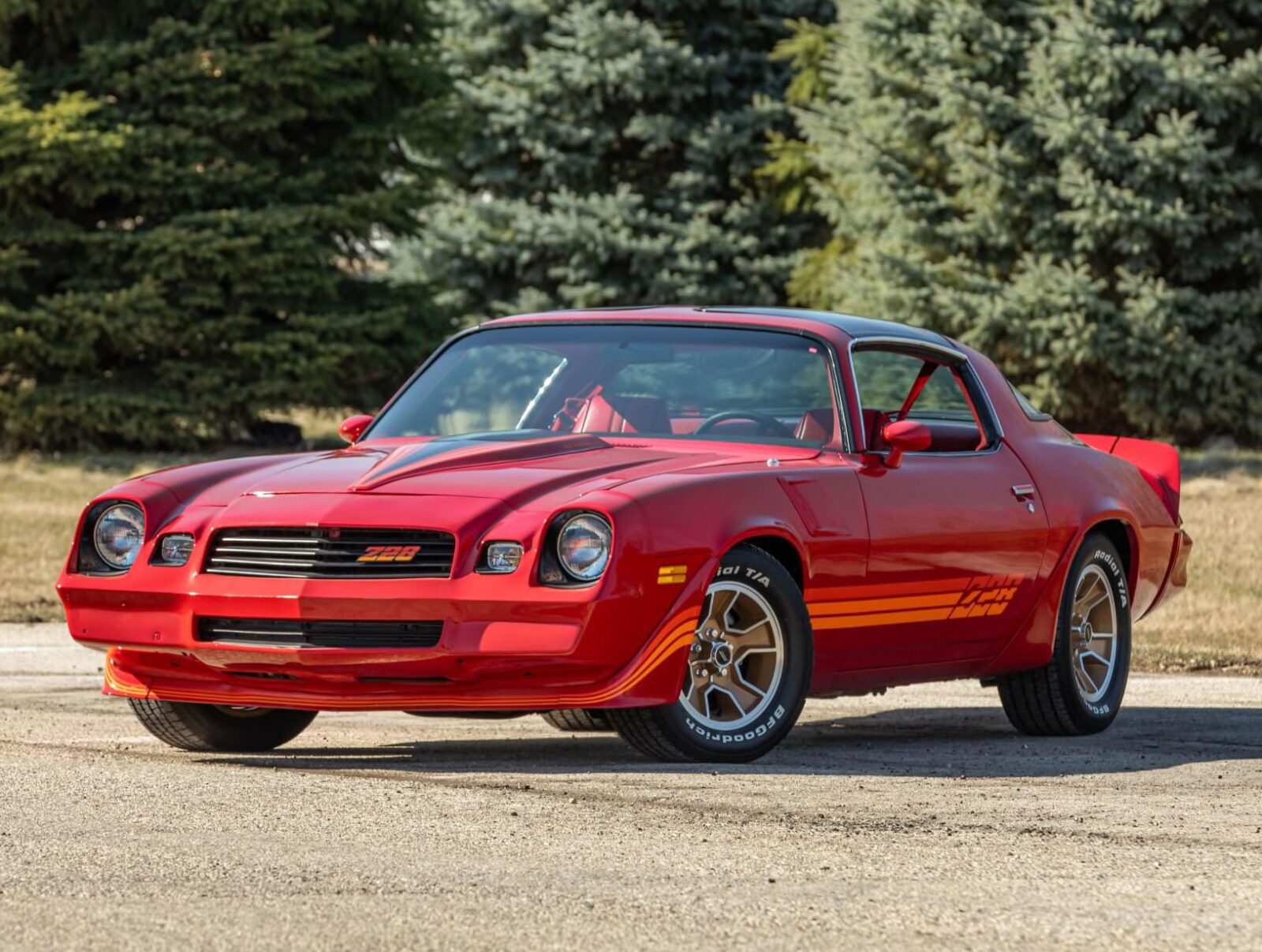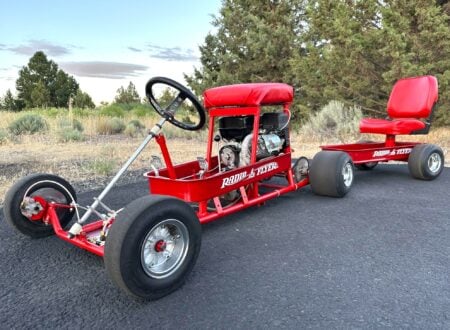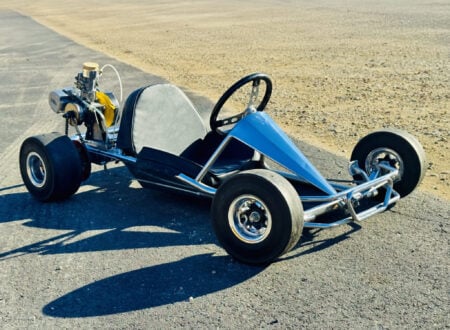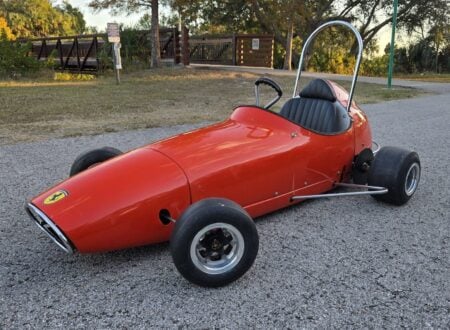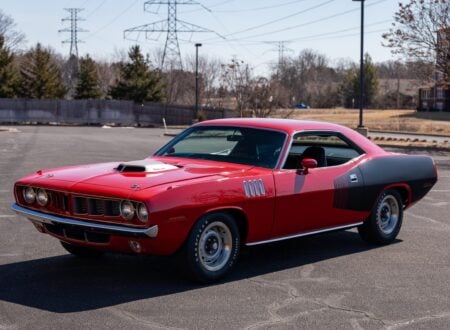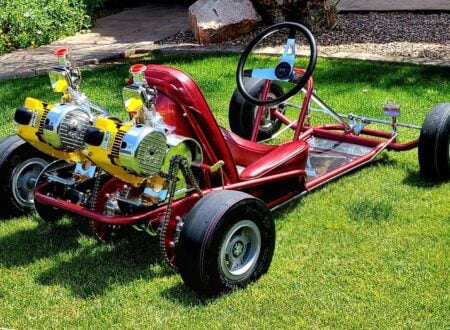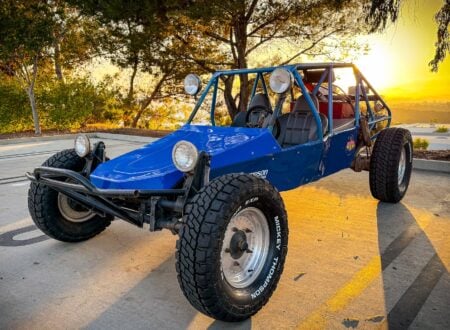This is a Canadian-spec version of the 1981 Chevrolet Camaro Z28, and as such, it could be ordered with the 4-speed manual transmission which wasn’t available to American-delivered cars – they all got the automatic.
As a result of this one-year-only, cross border rule, original Canadian-ordered Chevrolet Camaro Z28s from 1981 are among the most collectible from the era. It’s believed that just 3,025 were made, and no one knows exactly how many have survived to the current day.
Fast Facts – The Canadian-Market 1981 Camaro Z28
- The 1981 Chevrolet Camaro Z28 sold in Canada was distinct from its American counterpart due to its manual transmission option. This model also did not have the power-reducing Computer Command Control (CCC) system that was mandatory in the U.S. because of stringent emissions regulations.
- The Canadian version, equipped with the 350 cubic inch (5.7 liter) V8 and a Borg Warner 4-speed manual transmission, was both rarer and notably faster than the American version, which was restricted to an automatic transmission.
- The 4-speed manual Canadian market 1981 Z28 is highly collectible today due to its unique specification and limited production. Only 3,025 were manufactured, and it’s uncertain how many survive.
- The 1981 Z28 marked the end of the second generation of Camaros, which debuted in 1970 and featured a significant redesign from the first generation. These models were built on the General Motors F-body platform, with a focus on a more driver-centric design and integrating lessons learned during the racing program of the first gen model.
The Story Of The Z28 “Canadian Camaro”
1981 would be the final year for the second generation Camaro, which had first rolled out onto dealership showroom floors back in 1970. Due to ever more stringent emissions regulations in the United States, the high-performance Z28 version of the car was now equipped with the CCC (Computer Command Control) unit which notably reduced power.
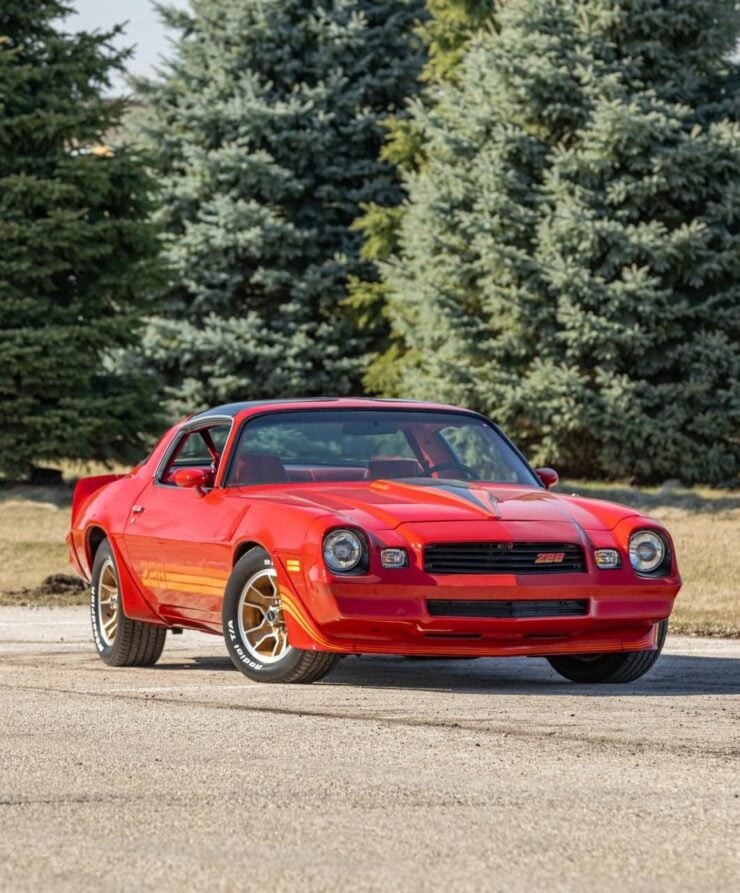

This Computer Command Control unit was an early precursor to the modern automotive ECU. It had an O2 sensor, an electronically-controlled carburetor, a throttle position sensor, multiple coolant sensors, a barometric pressure sensor, a Manifold Absolute Pressure sensor (MAP), and it had a check engine light on the dashboard to alert the driver to anything going wrong.
For 1981 the Z28 and its 350 cubic inch (5.7 liter) V8 could only be ordered with the automatic transmission with a lock-up torque converter, which was linked to the CCC unit.
This limitation didn’t apply for non-US orders however, and as a result there was a special Canadian version of the Z28 Camaro that wasn’t fitted with the power-sapping CCC unit, and could still be ordered with the Borg Warner 4-speed manual transmission.
Canadian Camaro buyers made good use of the loophole, over 3,000 4-speed manual examples of the 1981 Z28 were sold, all of which were faster than any new Camaro sold in America that year.
1982 would see the all-new third generation Camaro debut in both the US and Canadian markets, with manual (or automatic) transmissions for all who wanted them, so the Canadians were only able to laud their three-pedal Z28s over the next door neighbors for a single year.
The Second Generation Camaro
The second gen Camaro first appeared in early 1970 as an all-new car for an all-new decade. The styling of the original first gen Camaro was largely gone, particularly when looking at the front, but the new look appealed to many and became an enduring symbol of 1970s American V8s.
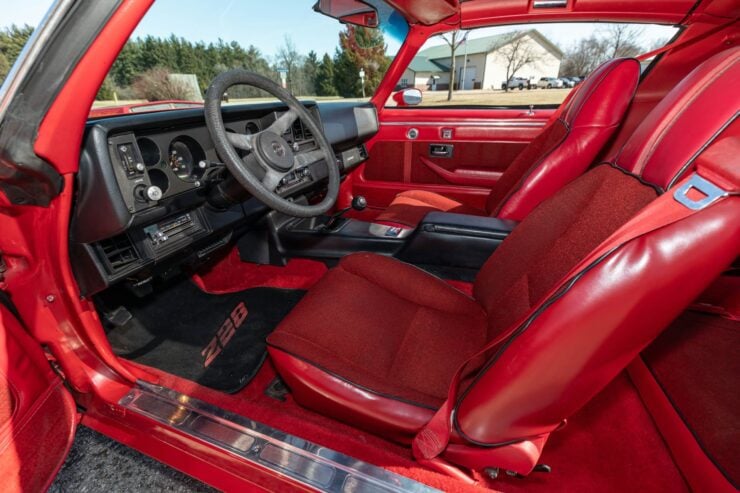

Based on the General Motors F-body platform, the second-gen Camaro was longer, lower, and wider than its predecessor. It used a fairly standard steel unibody design, with a front sub-frame, independent front suspension, and a live axle in the rear on leaf springs.
In 1971, just a year after the model had debuted, Road & Track magazine named the SS350 Camaro as one of the 10 best cars in the world. This was a major accolade and it did absolutely no harm to Camaro sales across the board.
GM engineers would later say that the second Camaro was more of a driver’s car than the first, possibly as a result of this the car was dubbed the “Super Hugger.” Many lessons had been learned during the successful racing program of the first Camaro, and these were integrated into the second car from the ground up.
Perhaps the key issue with the second-gen Camaro was the fact that US emissions regulations became increasingly strict as the 1970s progressed. As a result, engine power became lower and lower as time went by, well into the 1980s.
Of course, it doesn’t typically take the enthusiast community long to find ways around these emissions control devices, and many Camaros from this era were having their engines rebuilt or modified to bring back the lost power enjoyed during the 1960s, or having all-new engines fitted to achieve the same result.
The 1981 Chevrolet Camaro Z28 Shown Here
The car you see in this article is one of those rare Canadian-market Z28 Camaros from 1981 that were fitted with the Z28 350 V8 without the unpopular CCC unit.
When it was ordered new this car was specified with T-tops, air conditioning, red paintwork featuring the Z28 graphics package, and perhaps most importantly, the Borg Warner 4-speed manual transmission.
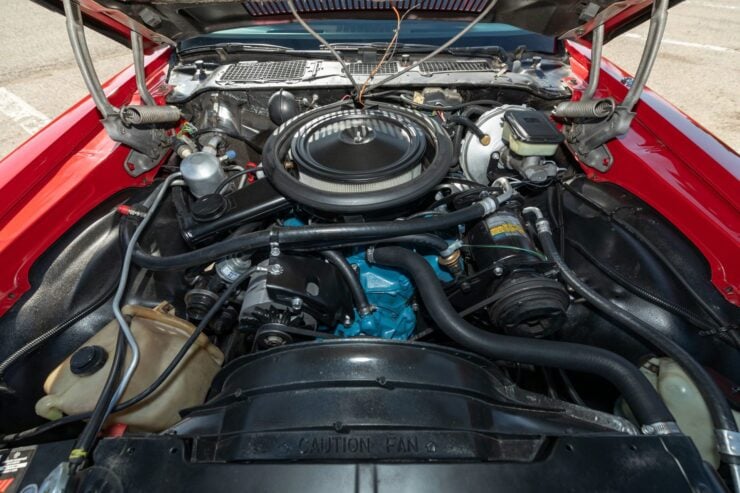

It was also fitted with power front disc brakes, power windows, power door locks, the functional Z28 factory cowl induction hood, and factory alloy wheels with BF Goodrich Radial T/A tires on all four corners.
The car is now due to roll across the auction block with Mecum on the 11th of May, if you’d like to read more about it or register to bid you can visit the listing here.
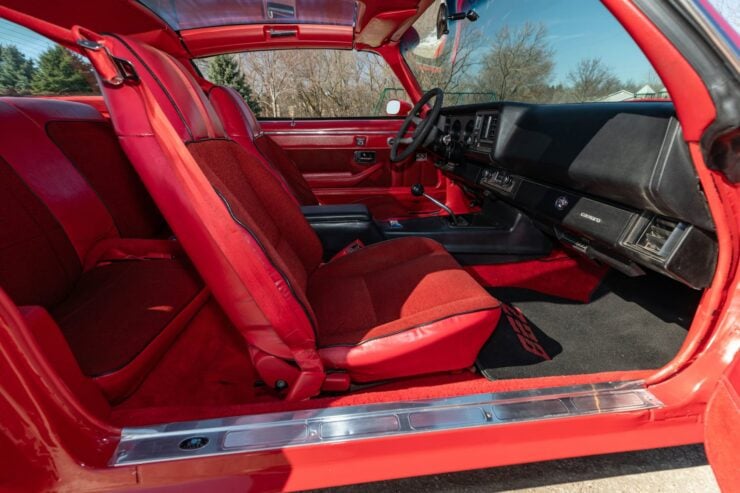
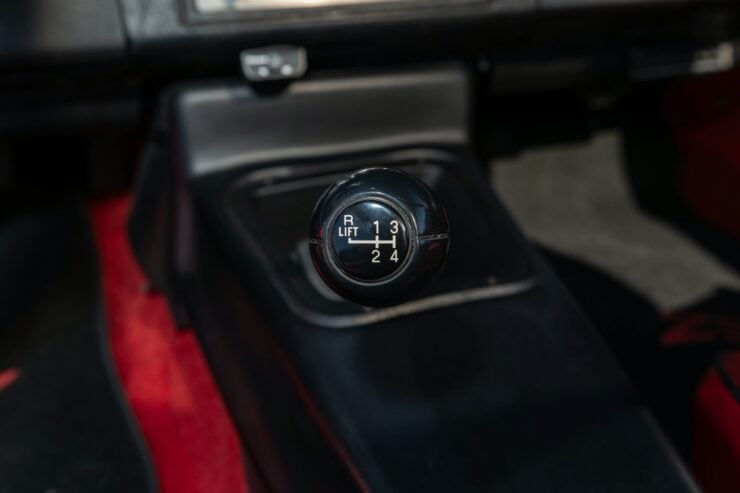
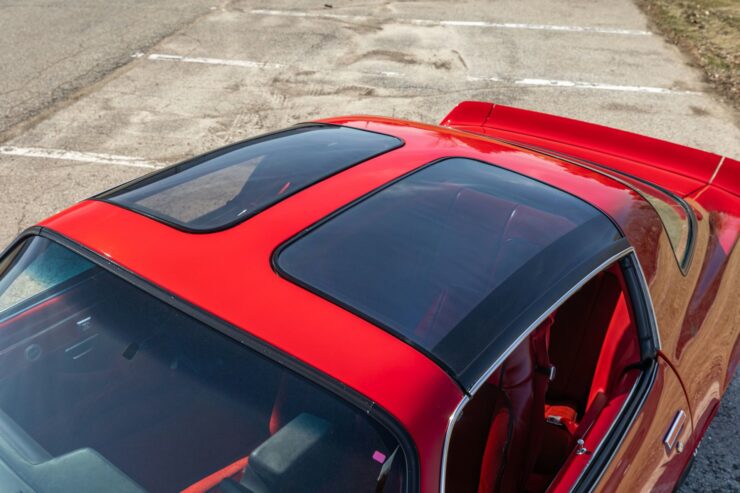
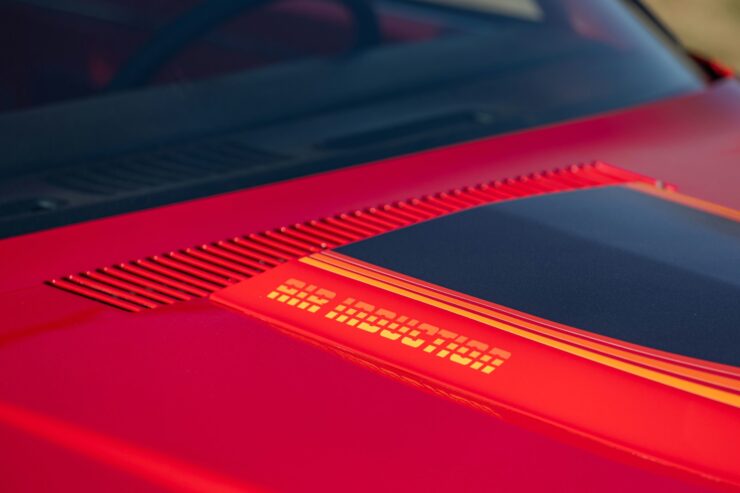
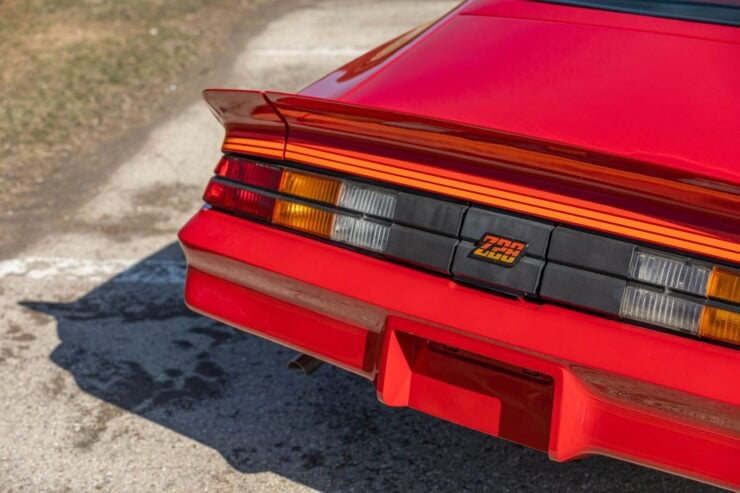

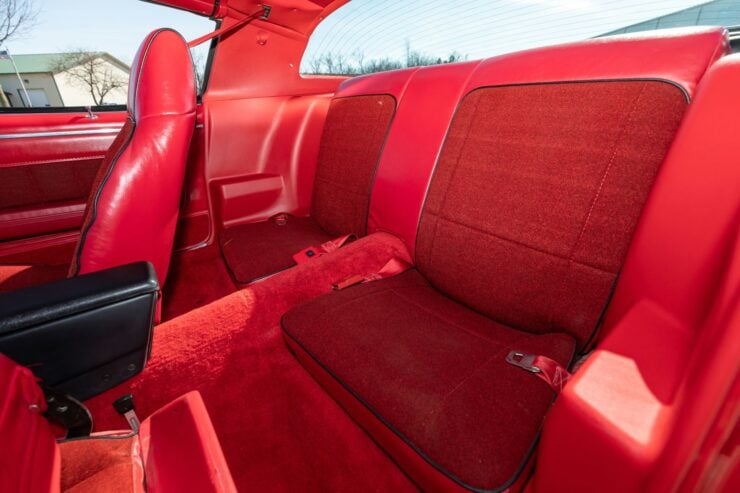
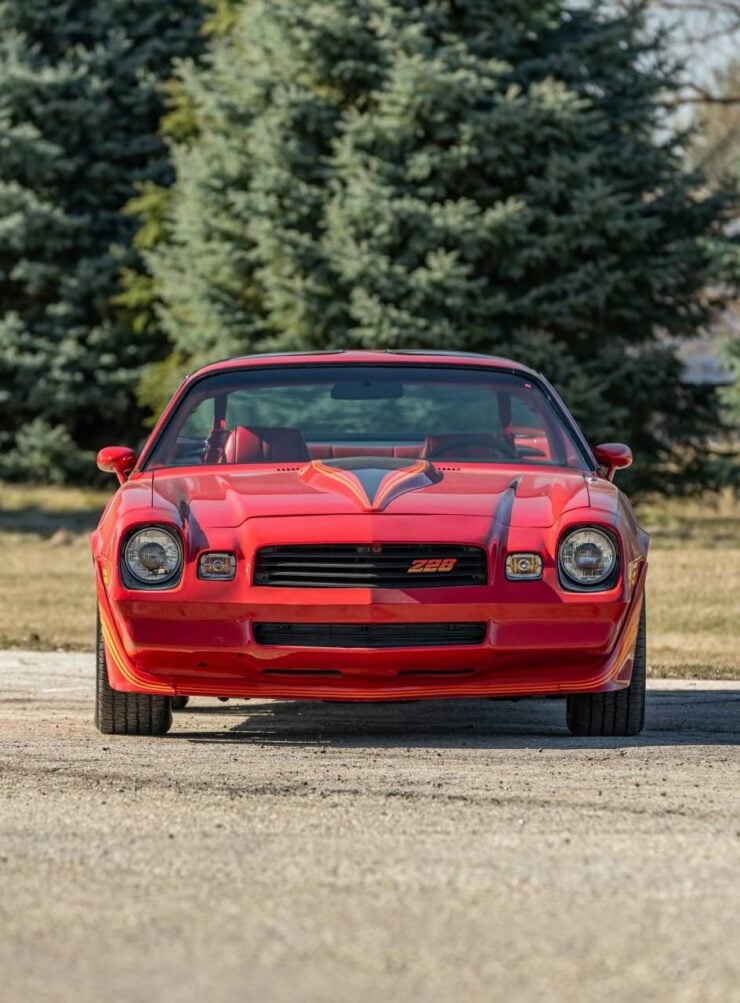
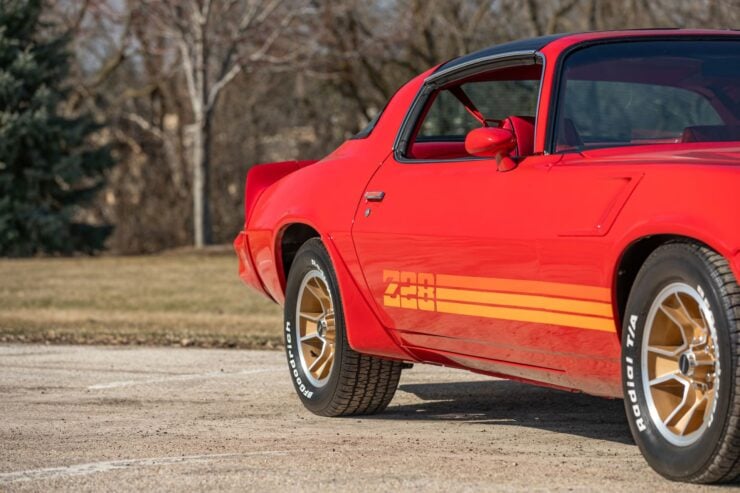
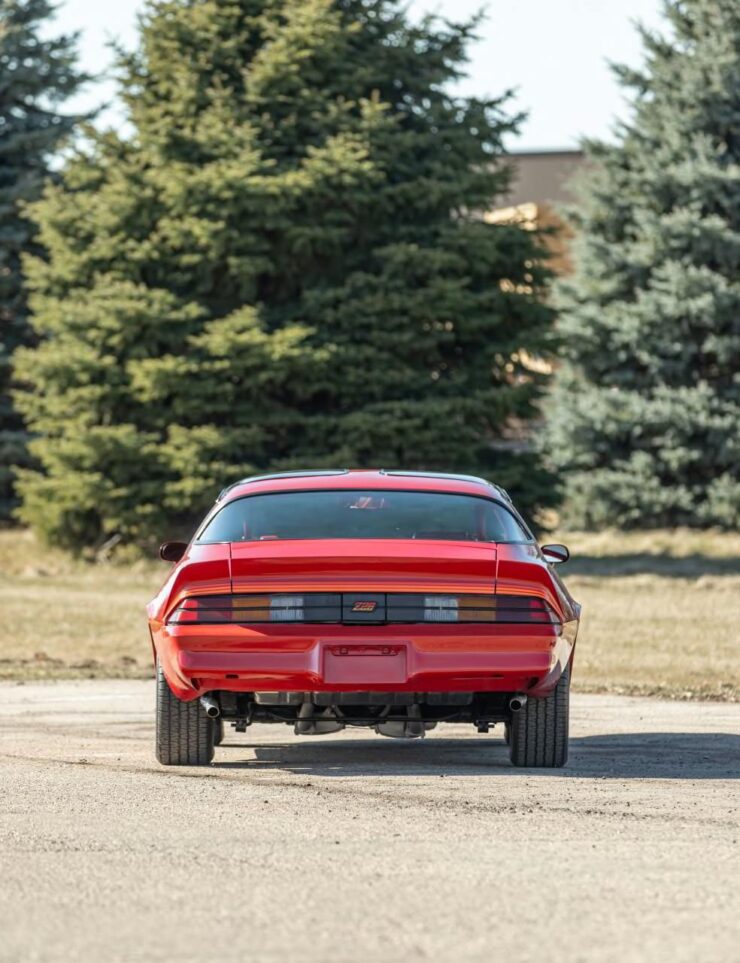
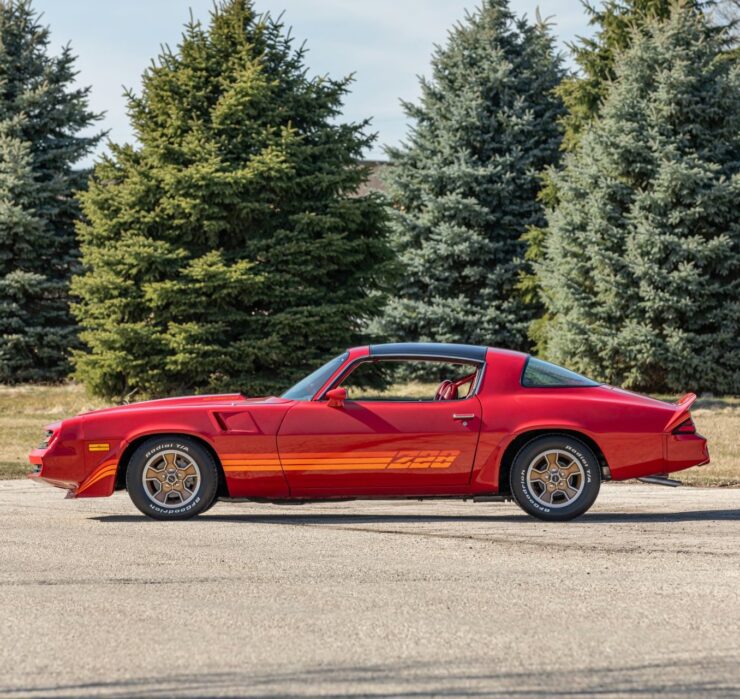
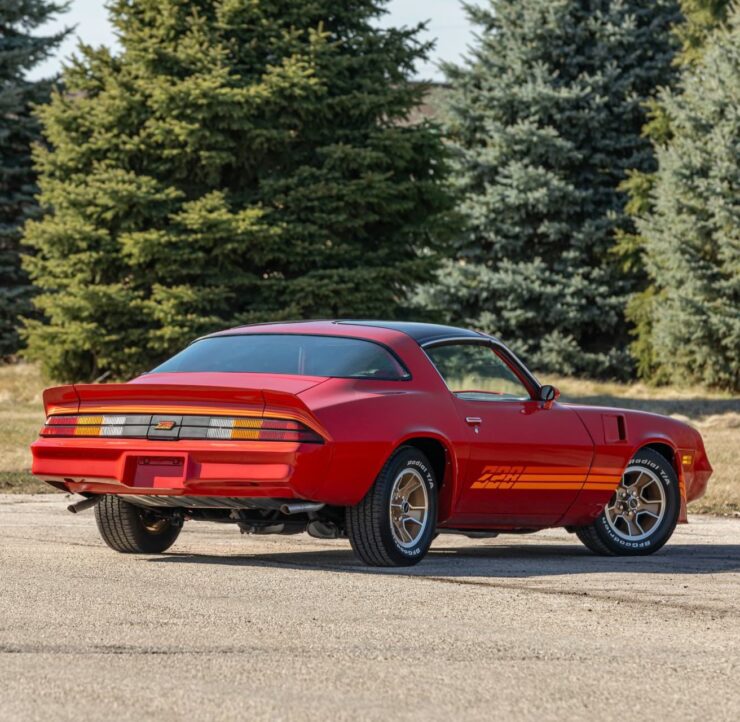
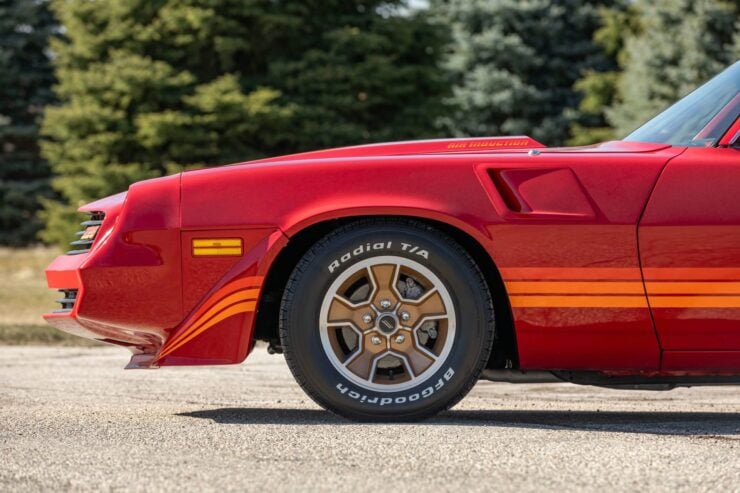
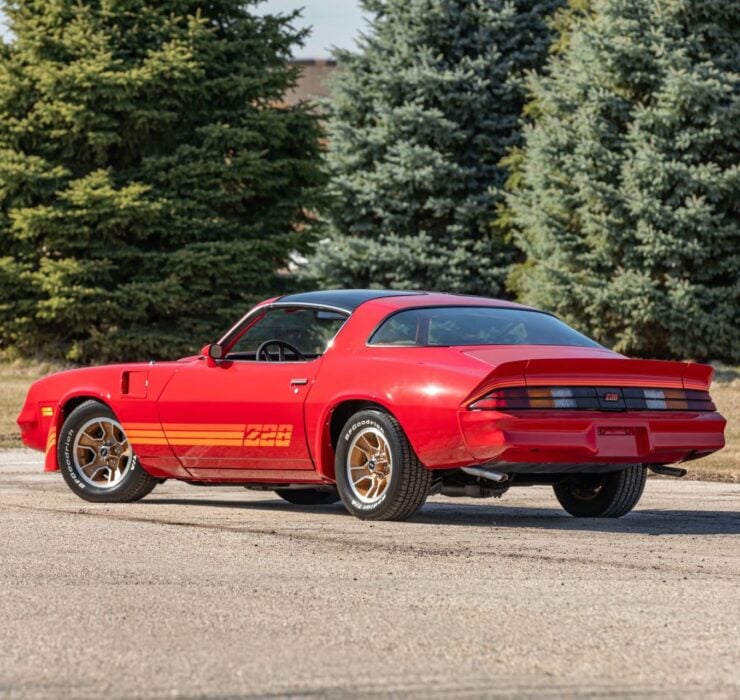
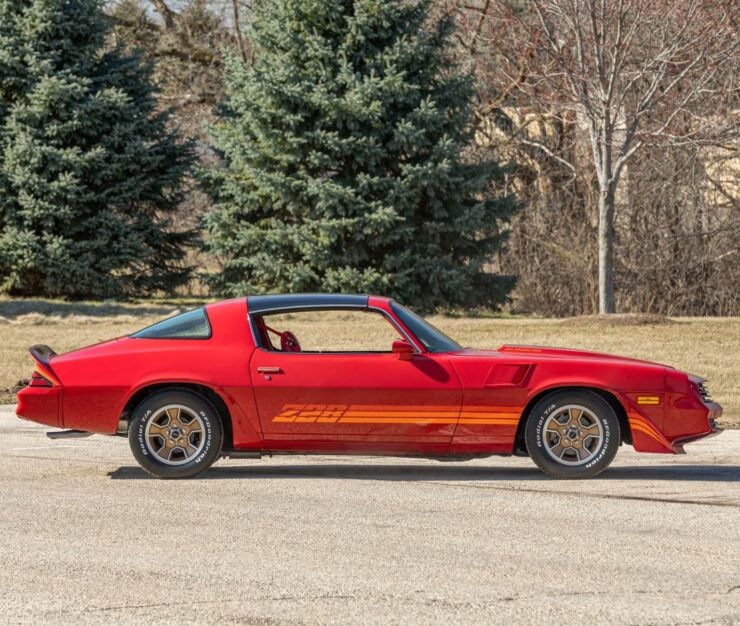
Images courtesy of Mecum

